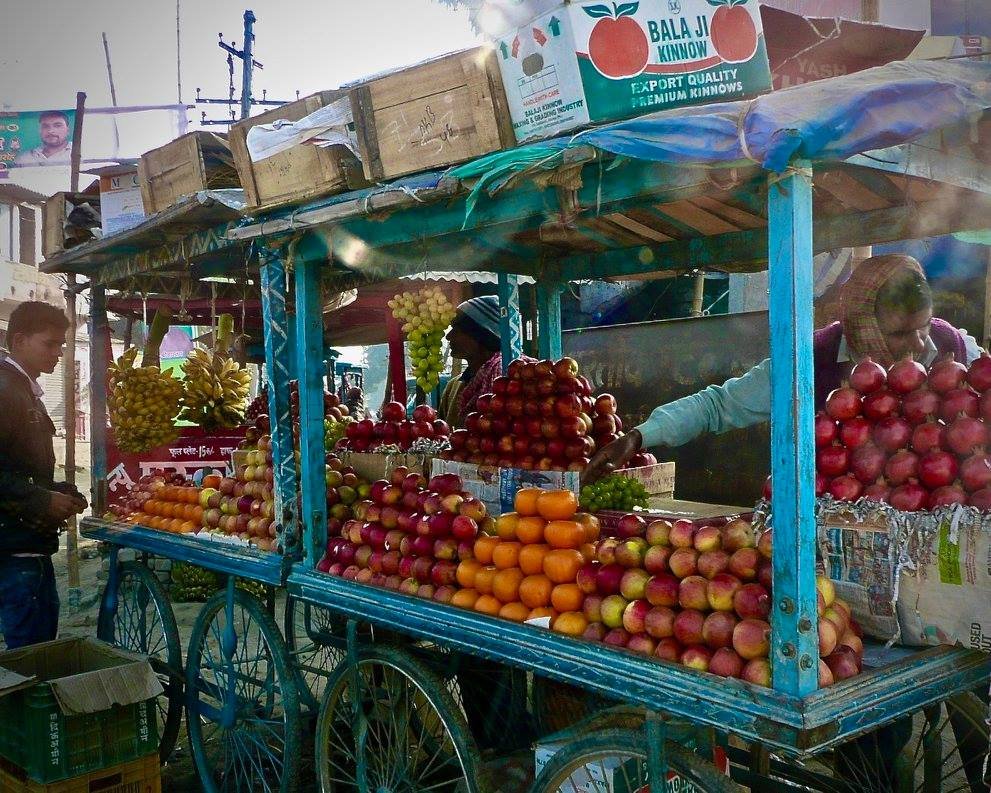
NUTRITION, FOOD, AND HUNGER CERTIFICATE
Module 1: Introduction to Hunger
Hunger and undernutrition are the world’s top health concern. The World Food Programme (WFP) estimates that there are 821 million undernourished people in the world, which means that one in nine people do not get enough food to be healthy.(1) In fact, undernutrition kills more people each year than AIDS, malaria, and tuberculosis combined.(2) The majority of people who are chronically undernourished live in developing countries, where it is estimated that almost 13% of the population is undernourished.(3) In 2016, the United Nations General Assembly proclaimed 2016-2025 the United Nations Decade of Action on Nutrition.(4) In 2015 the United Nations adopted the Sustainable Development Goals, and made “Zero Hunger” goal number two.(5) By 2030, Goal 2 seeks to end hunger, achieve food security, improve nutrition, and promote sustainable agriculture.(6)
Hunger and malnutrition are words that are often used interchangeably but they are not the same thing. The United States Department of Agriculture (USDA) defines hunger as “an individual-level physiological condition that may result from food insecurity.”(7) Hunger can lead to malnutrition. The World Health Organization (WHO) defines malnutrition as “deficiencies, excesses or imbalances in a person’s intake of energy and/or nutrients.”(8)
The average person needs approximately 2,100 kilocalories (calories) per day to maintain a normal, healthy body.Victims of hunger live on significantly less than 2,100 kilocalories per day for extended lengths of time. Hunger can cause adverse health effects—the calorie deficit can cause a person’s bodily functions, both mental and physical, to slow or even shut down. Among some of the problems of hunger are lack of concentration, enervation, and weakened immune systems. Problems that result from malnutrition include being underweight, stunted, or micronutrient-deficient.
Where Hunger Hits
According to recent Food and Agriculture Organization of the United Nations (FAO) statistics, the vast majority of the world’s hungry people live in developing nations.(9) Hunger is approximately distributed among people as follows:
520 million people in Asia
243 million people in Africa
42 million people in Latin America and the Caribbean (10)
Within any country, the majority of all hungry people live in rural areas.(11) These people depend heavily on agriculture and often have no alternative source of employment or income. Women and children are typically hit hardest by hunger. The FAO estimates that 60% of the victims of hunger are women.(12) Hunger is often inherited due to inadequate nutrition before and during pregnancy, so up to 17 million children are born underweight each year.(13) In developing nations, one third of all child deaths are associated with hunger.(14)
Hunger Map (15)
Footnotes
(1) Food and Agriculture Organization of the United Nations (FAO). "2018 The State of Food Security and Nutrition in the World.”http://www.fao.org/state-of-food-security-nutrition/en/.
(2) WFP. “Hunger.” https://www.wfp.org/hunger%20.
(3) United Nations. “Goal 2: Zero Hunger.” https://www.un.org/sustainabledevelopment/hunger/.
(4) WHO. “Malnutrition.” http://www.who.int/news-room/fact-sheets/detail/malnutrition.
(5) United Nations. “Sustainable Development Goals.” https://www.un.org/sustainabledevelopment/sustainable-development-goals/.
(6) United Nations. “Goal 2: Zero Hunger.” https://www.un.org/sustainabledevelopment/hunger/.
(7) USDA. "Definitions of Food Security." https://www.ers.usda.gov/topics/food-nutrition-assistance/food-security-in-the-us/definitions-of-food-security.aspx.
(8) WFP. “Hunger.” https://www.wfp.org/hunger%20.
(9) WHO. “What is Malnutrition?” http://www.who.int/features/qa/malnutrition/en/.
(10) FAO. “World hunger again on the rise, driven by conflict and climate change, new UN report says.” http://www.fao.org/news/story/en/item/1037253/icode/.
(11) FAO. "2018 The State of Food Security and Nutrition in the World.”http://www.fao.org/state-of-food-security-nutrition/en/.
(12) FAO. “Gender and Nutrition.” http://www.fao.org/docrep/012/al184e/al184e00.pdf.
(13) WHO. “Malnutrition.” http://www.who.int/news-room/fact-sheets/detail/malnutrition.
(14) United Nations. “Goal 2: Zero Hunger.” https://www.un.org/sustainabledevelopment/hunger/.
(15) WFP. "2020 Hunger Map." https://www.wfp.org/publications/hunger-map-2020.

